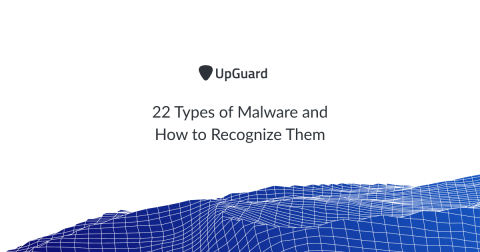What is Malware?
Malware, or malicious software, is any program or file that is harmful to a computer user. Types of malware include computer viruses, worms, Trojan horses, spyware, adware and ransomware. Generally, software is considered malware based on the intent of its creator rather than its actual features.







